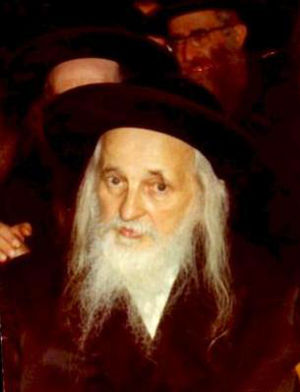
Joel Teitelbaum was the founder and first Grand Rebbe of the Satmar dynasty.

Satmar is a group in Hasidic Judaism founded in 1905 by Grand Rebbe Joel Teitelbaum (1887–1979), in the city of Szatmárnémeti, Hungary. The group is a branch of the Sighet Hasidic dynasty. Following World War II, it was re-established in New York and has since grown to become one of the largest Hasidic dynasties in the world, comprising around 26,000 households.

Nadvorna is a Hasidic rabbinical dynasty deriving its name from the town of Nadvorna, (Nadvirna), today in Ukraine.

Munkatch Hasidism is a Hasidic sect within Haredi Judaism of mostly Hungarian Hasidic Jews. It was founded and led by Polish-born Grand Rebbe Shlomo Spira, who was the rabbi of the town of Strzyżów (1858–1882) and Munkacs (1882–1893). Members of the congregation are mainly referred to as Munkacs Hasidim, or Munkatcher Hasidim. It is named after the Hungarian town in which it was established, Munkatsh.
The Sassov Hasidic dynasty began with Rabbi Moshe Leib Erblich of Sassov (1745–1807), a disciple of Rabbi Dovber of Mezeritch, the disciple of the Baal Shem Tov, the founder of Hasidism.

Moshe (Moses) Teitelbaum was a Hasidic rebbe and the world leader of the Satmar Hasidim.
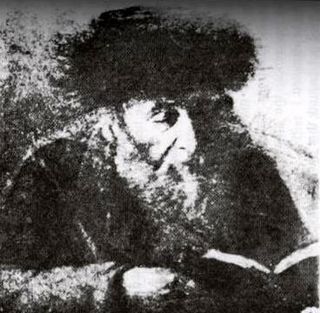
Sanz is a Hasidic dynasty originating in the city of Sanz in Galicia. The dynasty was founded by the rebbe Rabbi Chaim Halberstam (1793–1876) who was the rabbi of Nowy Sącz and the author of the work Divrei Chaim by which name he is known as well.
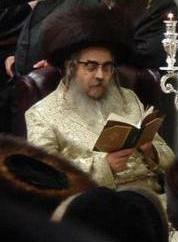
Aaron Teitelbaum is one of the two Grand Rebbes of Satmar, and the chief rabbi of the Satmar community in Kiryas Joel, New York.

Biala is a Hasidic dynasty originating from the city of Biała Rawska, where it was founded by R. Yaakov Yitzchak Rabinowicz (II). Biala is a branch of Peshischa Hasidism, as R. Yaakov Yitzchak Rabinowicz (II) was the great-grandson of R. Yaakov Yitzchak Rabinowicz, the first Peshischa Rebbe. The dynasty was originally spread throughout many towns in Poland, often taking the names of said towns. However, after the Holocaust, the name "Biala" become synonymous with the entire dynasty. Today the dynasty is mostly concentrated in Israel, America and Switzerland.
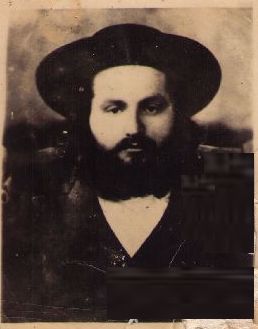
Yekusiel Yehuda Teitelbaum was Chief Rabbi of Sighet/Máramarossziget from 1936–1940 (Romania), 1940–1944 (Hungary).
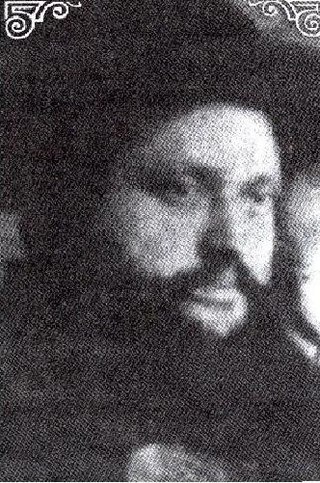
Rabbi Chaim Tzvi Teitelbaum, the Sigheter Rebbe, author of Atzei Chaim, was the oldest son of Rabbi Chananya Yom Tov Lipa Teitelbaum, the Kedushas Yom Tov. He was the elder brother of Rabbi Joel Teitelbaum, and the father of Rabbi Moshe Teitelbaum, both rebbes of Satmar.
Chanayah Yom Tov Lipa Teitelbaum was the Grand Rebbe of Siget, and the author of Kedushath Yom Tov, a Hasidic commentary on the Torah he wrote in 1895.

Rabbi Yekusiel Yehuda Teitelbaum (1808–1883), known as the Yetev Lev, was a Hasidic Rebbe in Austria-Hungary.

Dushinsky is one of the few Hasidic dynasties not named after the place where it originated; instead, it is named after the rebbe's surname. It is relatively new, and became a dynasty in Jerusalem, where it is centered today. Unlike other Hasidic groups, it does not originate from a Hasidic background, but from the talmidim (students) of Moses Sofer.
Teitelbaum is a Jewish surname. Variants include Tetelbaum, Teitelboim
Kretshnif is a dynasty in Hasidic Judaism that comes from the Nadvorna dynasty, named for Crăciunești in present-day Romania. The founding rebbe was Meir Rosenbaum, a son of Mordechai, rebbe of Nadvorna. His sons and successors included Eliezer Zev in Kretshnif and Sighit, and Issamar of Nadvorna in Chernowitz. The descendant rabbis of this dynasty are mainly in Israel, New York City, England, and Canada.
Yhoshua Leib Gould, also known as the Lehitakfo Chalushin, was an educator who identified himself as a Satmar Hasid, was affiliated with the Edah HaChareidis. He was the rabbi of Neturei Karta in Beit Shemesh Jerusalem, and Beis Midrash Tamar Avraham.
The Tetsh Hasidic dynasty is a branch of the Ujhel-Siget Hasidic dynasty founded by Rabbi Moshe Teitelbaum (1759–1841), Rabbi of Sátoraljaújhely in Hungary, who was a disciple of the Polish Hasidic leader Rabbi Yaakov Yitzchak of Lublin.
Kaliv is a Hasidic dynasty founded by Yitzchak Isaac Taub (1744–1821) of Nagykálló, Hungary.
Koson is a Hasidic dynasty originating in Koson, Zakarpattia Oblast in Ukraine. The dynasty was founded by Yehosef Rottenberg in 1897.










